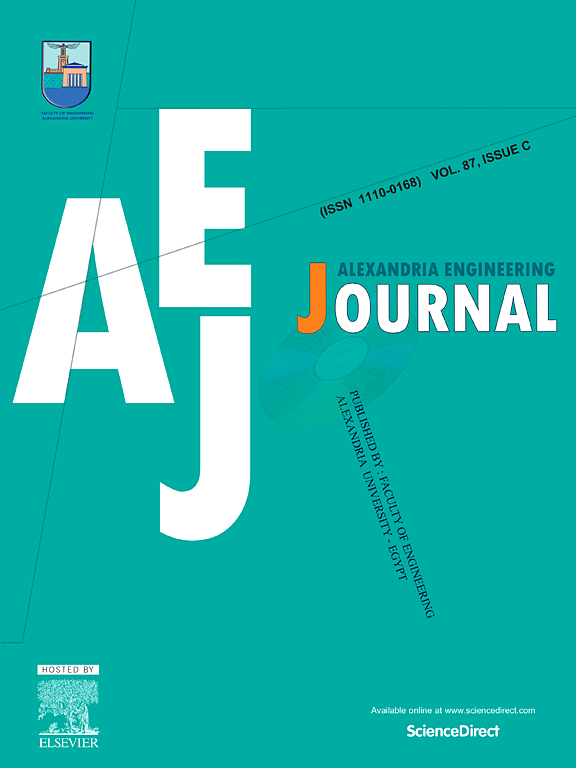Damage evolution and failure mechanisms under unloading tests of coal based on mining and excavation processes
IF 6.2
2区 工程技术
Q1 ENGINEERING, MULTIDISCIPLINARY
引用次数: 0
Abstract
To investigate the damage characteristics and strength attenuation characteristics of coal, true triaxial single-side and double-side unloading tests of coal under various in-situ stresses were designed and conducted based on actual mining processes. The results indicated that within the depth range of 400–1600 m, the load-bearing capacity of the unloaded coal increased with rising in-situ stress, while its growth rate decreased progressively. As in-situ stress increased, the failure mode transitioned from tensile-dominated to tensile-shear composite failure by analyzing the velocity distribution under single-side and double-side unloading paths. The unloading damage ratio was quantitatively evaluated under different in-situ stress conditions. The simulation results indicated a critical tension-shear ratio threshold of 0.05 was identified in the AF-RA parameters. Additionally, an analytical formula was developed to predict ultimate load-bearing capacity through correlating lateral strain evolution with vertical stress variations during single-side and double-side unloading processes. The influence of end friction coefficients on failure morphology and stress redistribution were analyzed, and predictions were made for the bearing strength. These findings are of significant reference value for understanding unloading damage in coal and controlling the stability of coal pillars.
基于采掘过程的煤卸荷试验损伤演化及破坏机制
为研究煤的破坏特性和强度衰减特性,结合实际开采过程,设计并开展了不同地应力下煤的真三轴单面和双面卸荷试验。结果表明:在400 ~ 1600 m深度范围内,随地应力的增大,卸荷煤的承载能力增大,但其增长速度逐渐减小;通过分析单侧和双侧卸荷路径下的速度分布,发现随着地应力的增加,土体的破坏模式由拉伸为主向拉剪复合破坏转变。定量评价了不同地应力条件下的卸荷损伤比。仿真结果表明,AF-RA参数中存在临界拉剪比阈值0.05。此外,通过将单边和双面卸载过程中的侧向应变演变与竖向应力变化相关联,建立了预测极限承载能力的解析公式。分析了端部摩擦系数对破坏形态和应力重分布的影响,并对承载强度进行了预测。研究结果对认识煤体卸荷损伤及控制煤柱稳定性具有重要的参考价值。
本文章由计算机程序翻译,如有差异,请以英文原文为准。
求助全文
约1分钟内获得全文
求助全文
来源期刊

alexandria engineering journal
Engineering-General Engineering
CiteScore
11.20
自引率
4.40%
发文量
1015
审稿时长
43 days
期刊介绍:
Alexandria Engineering Journal is an international journal devoted to publishing high quality papers in the field of engineering and applied science. Alexandria Engineering Journal is cited in the Engineering Information Services (EIS) and the Chemical Abstracts (CA). The papers published in Alexandria Engineering Journal are grouped into five sections, according to the following classification:
• Mechanical, Production, Marine and Textile Engineering
• Electrical Engineering, Computer Science and Nuclear Engineering
• Civil and Architecture Engineering
• Chemical Engineering and Applied Sciences
• Environmental Engineering
 求助内容:
求助内容: 应助结果提醒方式:
应助结果提醒方式:


